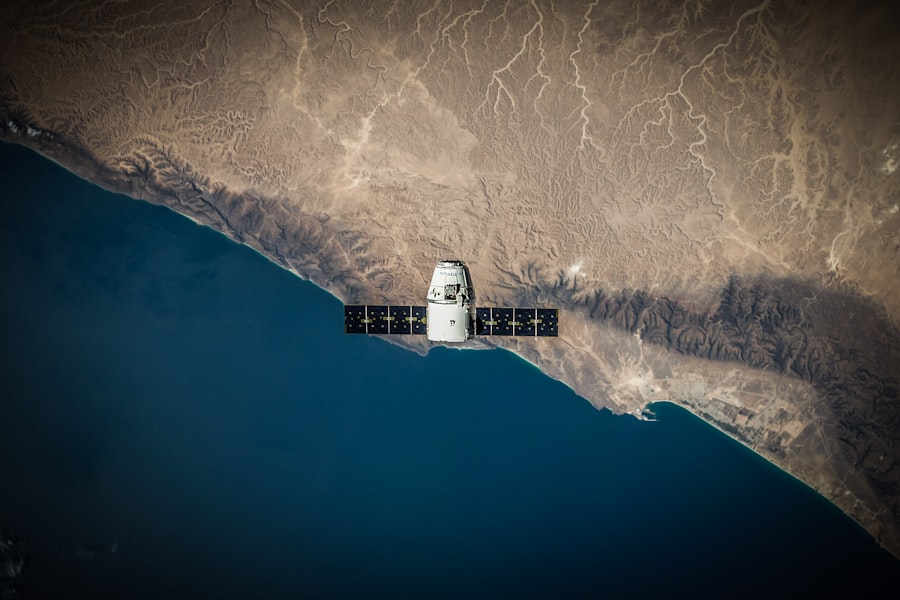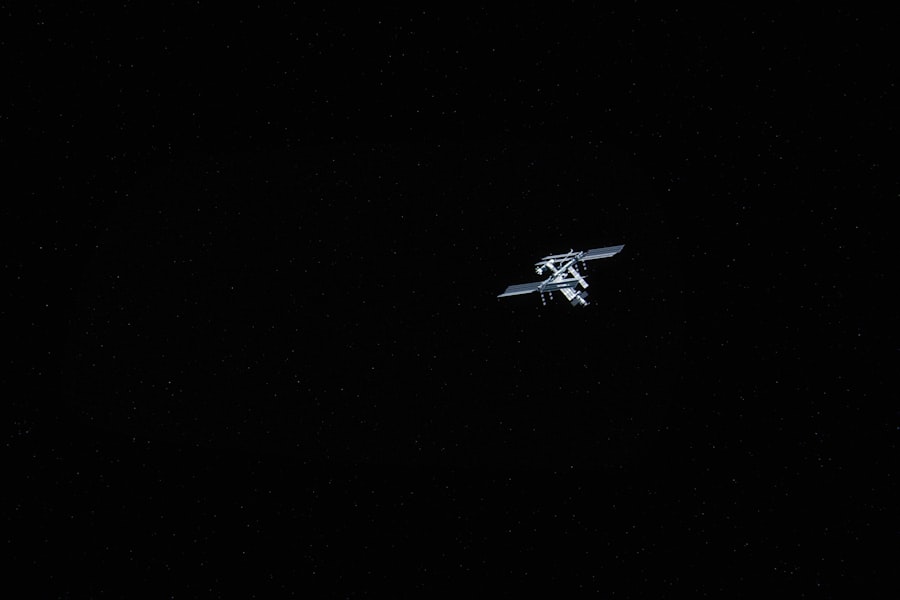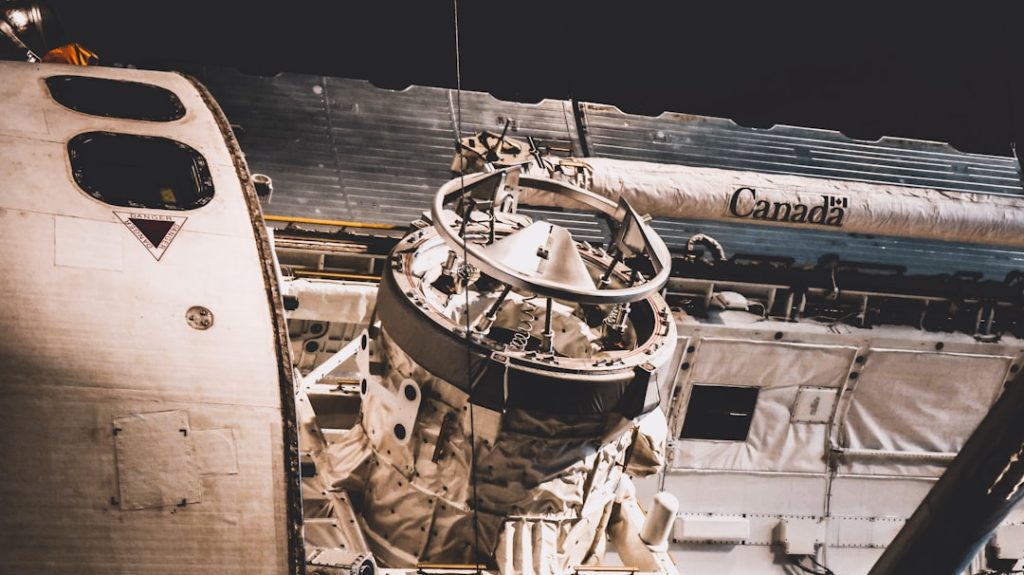The International Space Station (ISS) has a rich and complex history that reflects the evolution of international cooperation in space exploration. The concept of a space station dates back to the early days of human spaceflight, with various nations envisioning a permanent outpost in low Earth orbit. The first significant steps toward the ISS began in the 1980s, when NASA proposed the Freedom space station program.
This initiative aimed to create a modular space station that could support scientific research and international collaboration. However, political and budgetary challenges led to delays and modifications in the original plans. In 1998, the first module of the ISS, Zarya, was launched into orbit, marking the beginning of a new era in human space exploration.
This initial module was followed by the Unity module, which facilitated the connection of various international modules. Over the years, contributions from multiple countries transformed the ISS into a collaborative project involving space agencies such as NASA (United States), Roscosmos (Russia), ESA (European Space Agency), JAXA (Japan), and CSA (Canada). The construction of the ISS continued throughout the 2000s, with numerous missions sending additional modules and components to enhance its capabilities.
By 2011, the station was fully operational, serving as a testament to what can be achieved through international cooperation.
Key Takeaways
- The International Space Station (ISS) was launched in 1998 and has been continuously inhabited since November 2000, making it a symbol of international cooperation in space exploration.
- The ISS is a modular structure with interconnected modules that serve as living quarters, laboratories, and docking ports for spacecraft.
- Astronauts on the ISS experience microgravity, exercise for two hours a day to combat muscle and bone loss, and eat specially packaged food to sustain them during their missions.
- The ISS is a hub for scientific research, with experiments conducted in various fields such as biology, physics, and astronomy, providing valuable insights for future space exploration and life on Earth.
- The ISS is a collaborative effort involving space agencies from the United States, Russia, Europe, Japan, and Canada, showcasing the power of international partnerships in space exploration.
The Design and Structure of the International Space Station
The design of the International Space Station is a marvel of engineering, reflecting both functionality and adaptability. The ISS is composed of multiple interconnected modules, each serving specific purposes such as living quarters, laboratories, and control centers. The modular design allows for easy expansion and reconfiguration, accommodating new technologies and scientific instruments as they are developed.
The station’s primary structure consists of a truss system that provides stability and support for solar arrays, radiators, and other essential components. One of the most striking features of the ISS is its solar arrays, which generate power for the station’s operations. These arrays can be rotated to optimize sunlight exposure, ensuring a continuous energy supply.
The station also includes advanced life support systems that recycle air and water, making it possible for astronauts to live and work in space for extended periods. The interior of the ISS is designed to maximize efficiency and comfort, with sleeping quarters, a galley for food preparation, and workstations equipped with computers and scientific instruments. The combination of innovative design and cutting-edge technology makes the ISS a unique environment for both living and conducting research.
Life on the International Space Station

Life aboard the International Space Station is a unique experience that challenges astronauts both physically and psychologically. With microgravity as a constant factor, everyday tasks such as eating, sleeping, and personal hygiene require adaptation. Astronauts must learn to manage their movements carefully to avoid floating away from their workstations or losing items in the weightless environment.
Meals are pre-packaged and often rehydrated before consumption, as traditional cooking methods are impractical in space. Social dynamics play a crucial role in life on the ISS. Crews typically consist of six astronauts from various countries, fostering an environment of cultural exchange and collaboration.
Teamwork is essential for maintaining the station’s operations and conducting experiments. Astronauts often engage in recreational activities during their off-duty hours, such as watching movies or exercising using specialized equipment designed for microgravity. The psychological well-being of crew members is closely monitored, as isolation from Earth can lead to feelings of loneliness or stress.
Regular communication with family and friends on Earth helps mitigate these challenges.
Scientific Research and Experiments on the International Space Station
| Year | Number of Experiments Conducted | Research Areas | Findings |
|---|---|---|---|
| 2015 | 400 | Biological Sciences, Physical Sciences, Earth and Space Sciences | Microgravity effects on cell growth |
| 2016 | 450 | Materials Science, Life Sciences, Technology Development | Development of new materials for space applications |
| 2017 | 500 | Astrophysics, Microgravity Research, Human Research | Study of cosmic rays and their impact on human health |
| 2018 | 550 | Biotechnology, Environmental Science, Space Medicine | Research on plant growth in space environments |
The International Space Station serves as a unique laboratory for scientific research across various disciplines, including biology, physics, astronomy, and materials science. The microgravity environment allows researchers to conduct experiments that would be impossible or difficult to replicate on Earth. For instance, studies on protein crystallization have revealed insights into diseases such as cancer and Alzheimer’s by allowing proteins to form larger crystals in microgravity than they would on Earth.
In addition to biological research, the ISS has been instrumental in advancing our understanding of fundamental physical principles. Experiments involving fluid dynamics have provided valuable data on how liquids behave in microgravity, leading to improvements in technologies ranging from fuel systems to medical devices. The station also serves as a platform for Earth observation, enabling scientists to monitor climate change, natural disasters, and urban development from a unique vantage point.
The wealth of data generated by experiments on the ISS contributes significantly to scientific knowledge and has practical applications that benefit life on Earth.
International Collaboration and Partnerships on the International Space Station
The success of the International Space Station is largely attributed to its foundation of international collaboration. The project brings together space agencies from around the world, each contributing resources, expertise, and technology. NASA’s partnership with Roscosmos has been particularly significant since both agencies have a long history of human spaceflight experience.
This collaboration has allowed for shared missions and joint training programs that enhance safety and efficiency. The European Space Agency (ESA), Japan’s JAXA, and Canada’s CSA have also played vital roles in developing specific modules and experiments for the ISS. For example, ESA’s Columbus laboratory is dedicated to scientific research in life sciences and materials science, while JAXA’s Kibo module includes facilities for conducting experiments in various fields.
This collaborative spirit extends beyond governmental agencies; private companies are increasingly involved in providing cargo resupply missions and developing commercial crew capabilities. Such partnerships not only enhance scientific output but also promote peaceful relations among nations through shared goals in space exploration.
Challenges and Risks of Living and Working on the International Space Station

Despite its many advantages, living and working on the International Space Station presents numerous challenges and risks that astronauts must navigate daily. One significant concern is exposure to cosmic radiation, which poses health risks over extended periods in space. Unlike Earth’s atmosphere, which provides protection from harmful radiation, astronauts aboard the ISS are exposed to higher levels of radiation that can increase their risk of cancer and other health issues.
To mitigate this risk, mission planners carefully monitor exposure levels and implement safety protocols. Another challenge is the psychological impact of isolation and confinement in a small space for long durations. Astronauts may experience feelings of homesickness or stress due to limited social interaction with people outside their crew.
To address these issues, psychological support systems are in place, including regular communication with mental health professionals on Earth. Additionally, astronauts participate in team-building exercises to strengthen their bonds with one another, which is crucial for maintaining morale during long missions.
Future of the International Space Station and Plans for Expansion
As we look toward the future of the International Space Station, plans for expansion and evolution are already underway. NASA has expressed intentions to extend its operational life until at least 2028, allowing for continued scientific research and international collaboration. This extension will enable ongoing studies related to human health in space as preparations begin for future missions to Mars and beyond.
Moreover, there are discussions about transitioning parts of the ISS into commercial ventures. Private companies are exploring opportunities to utilize sections of the station for research or manufacturing purposes. This shift could lead to new revenue streams that support ongoing operations while fostering innovation in space technology.
Additionally, plans are being developed for new modules that could be added to the ISS or even entirely new space stations designed for specific research objectives or commercial activities.
How to Visit the International Space Station as a Tourist
The prospect of visiting the International Space Station as a tourist has become increasingly feasible with advancements in commercial space travel. Companies like SpaceX and Axiom Space are leading efforts to make this dream a reality for private individuals willing to invest significantly in their journey into space. Axiom Space has already announced plans for private missions to the ISS, offering an opportunity for civilians to experience life aboard this remarkable facility.
To visit the ISS as a tourist typically involves extensive training to prepare individuals for the unique challenges of living in microgravity. Prospective tourists undergo physical assessments and participate in simulations that mimic conditions aboard the station. The journey itself usually begins with a launch aboard a spacecraft designed for crewed missions; SpaceX’s Crew Dragon is one such vehicle that has successfully transported astronauts to the ISS.
Once aboard, tourists can expect an unforgettable experience filled with breathtaking views of Earth from orbit and opportunities to engage with professional astronauts while participating in various activities aboard the station. The evolution of tourism in space represents not only an exciting frontier for adventure seekers but also an opportunity to inspire future generations about science and exploration beyond our planet. As commercial space travel continues to develop, it is likely that more individuals will have the chance to experience life aboard the International Space Station firsthand.


